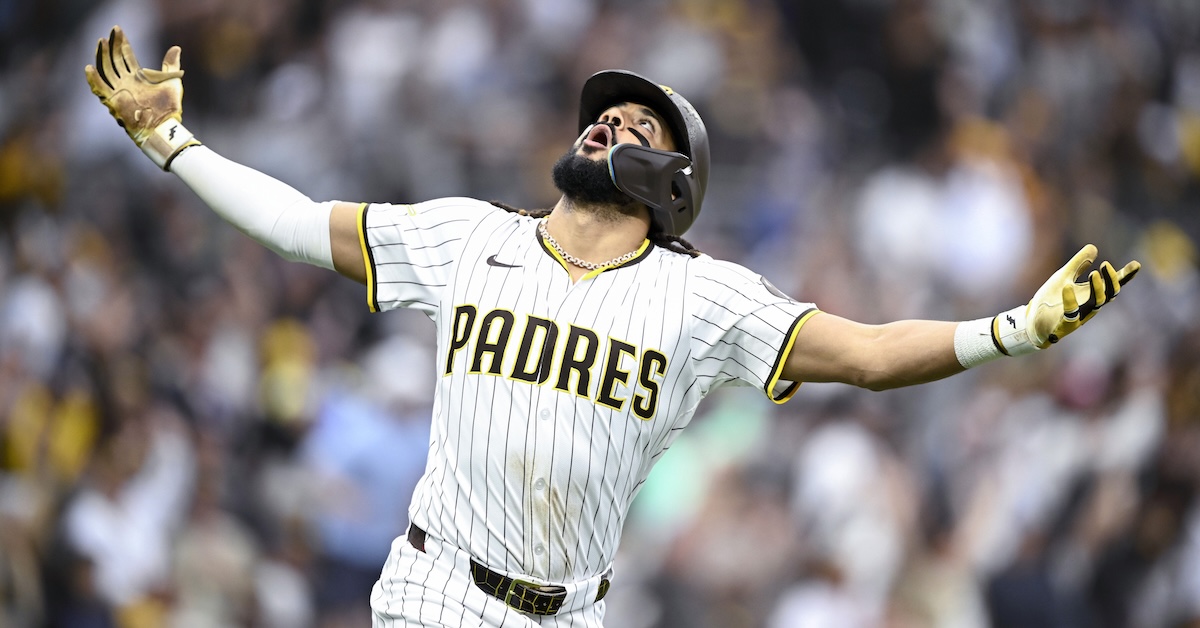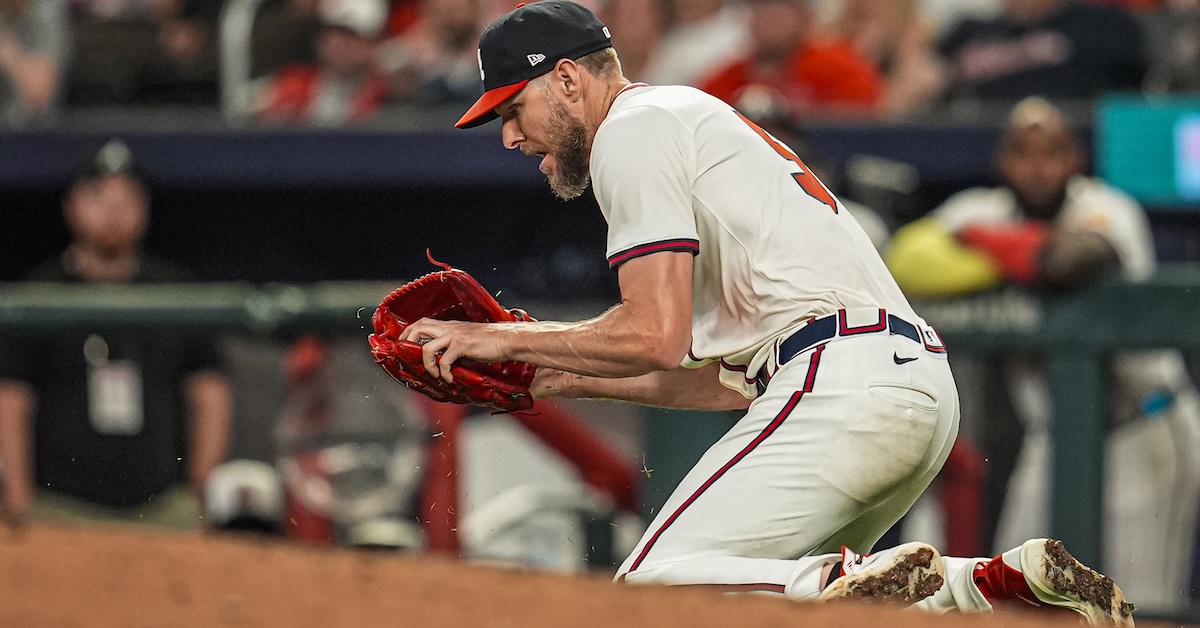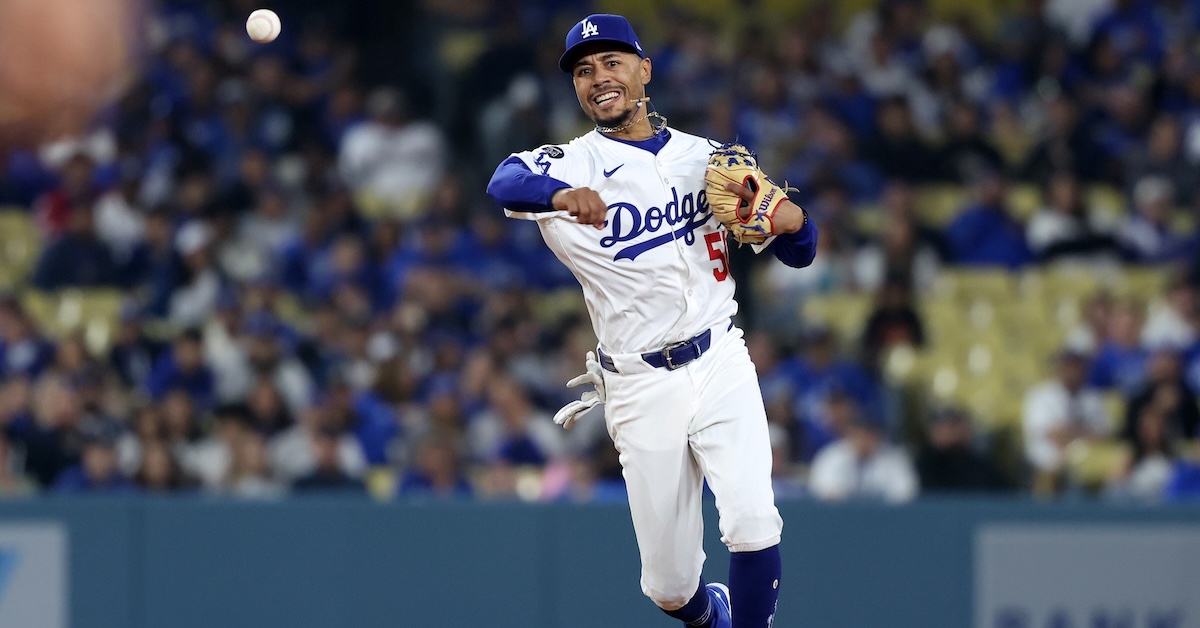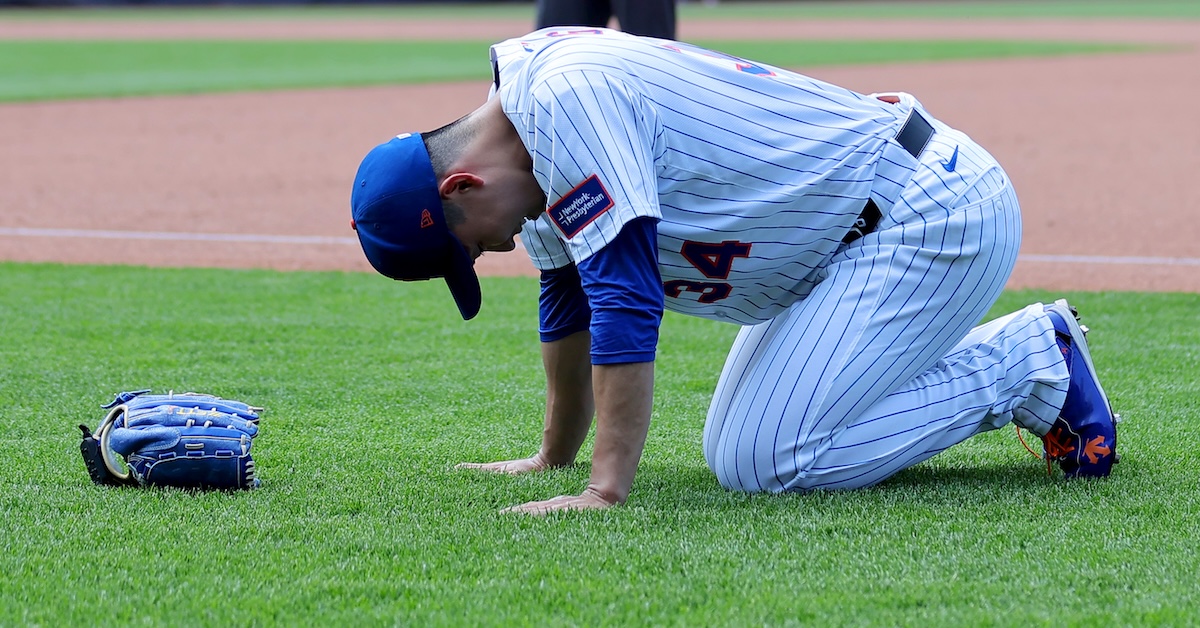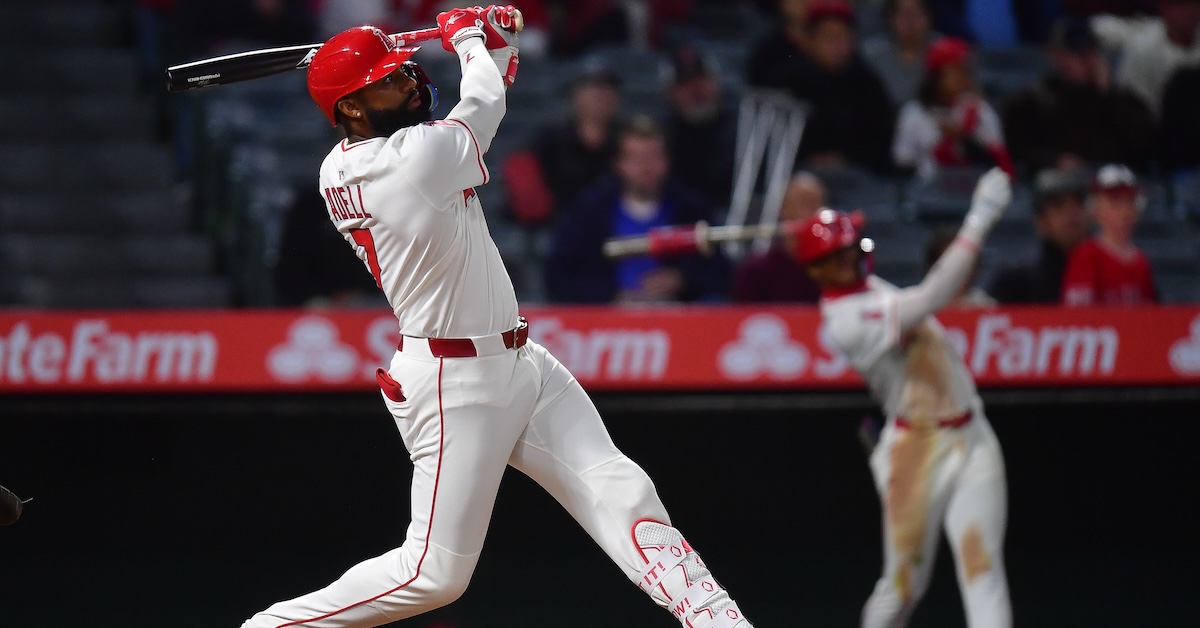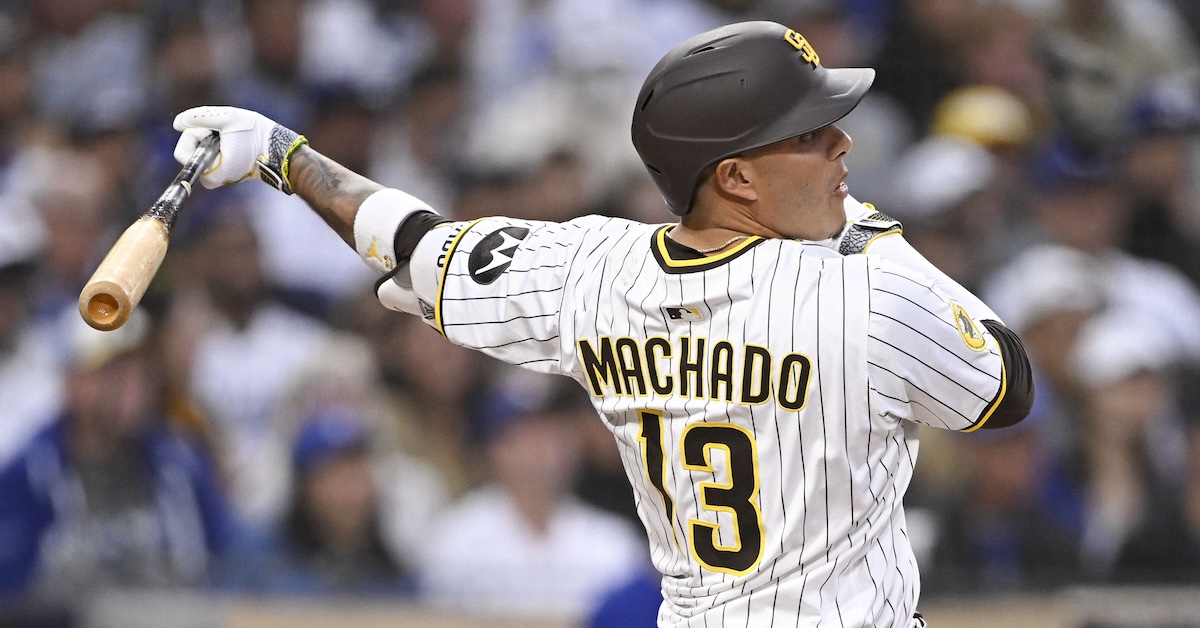Amid a Deluge of Injuries, the Diamondbacks Have Lost Corbin Carroll
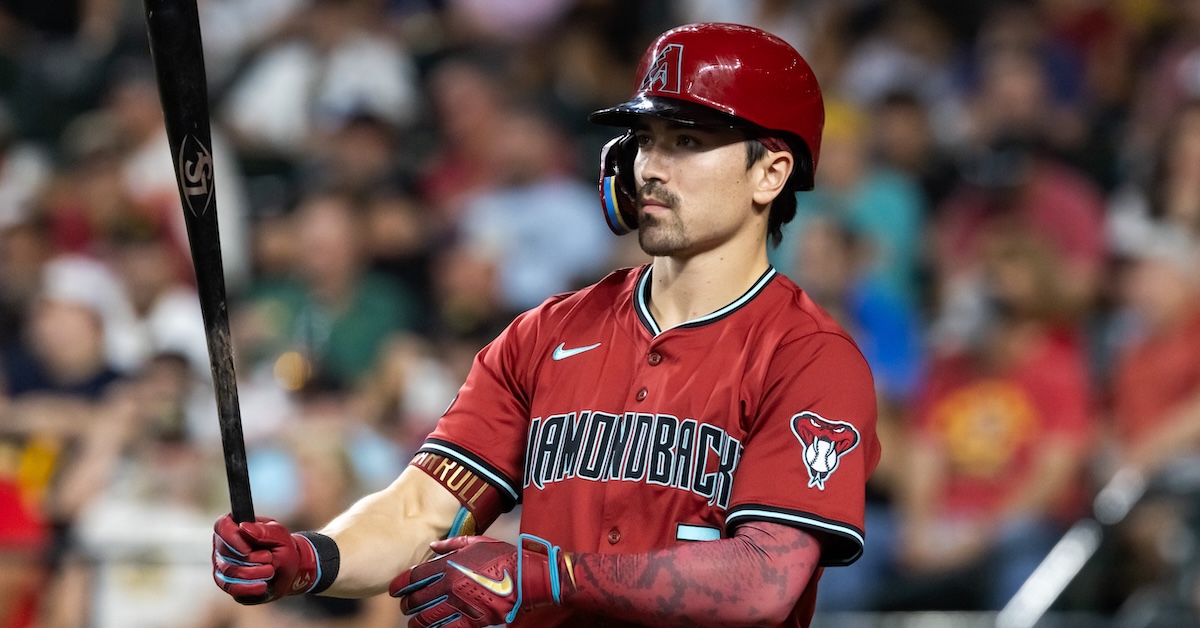
Fernando Tatis Jr. was fortunate that the pitch that hit him on the right wrist last week didn’t cause a fracture, but elsewhere in the NL West, Corbin Carroll wasn’t so lucky. On Monday, the Diamondbacks learned that their 24-year-old star has suffered a chip fracture in his left wrist, the result of being hit by a pitch on June 18; he hadn’t played since. Carroll is the second Arizona regular to land on the injured list this week due to a pitch-induced fracture that was only discovered belatedly, after catcher Gabriel Moreno, and he’ll miss significant time. As if the Diamondbacks — who lost ace Corbin Burnes and late-inning relievers Justin Martinez and A.J. Puk to Tommy John surgery earlier this month — needed more bad news, they’ve lost infielder Ildemaro Vargas to a fractured metatarsal, and are crossing their fingers in hopes that both Josh Naylor and Eugenio Suárez can avoid the IL after making early exits from Monday’s blowout win.
In the eighth inning of last Wednesday’s game in Toronto, Carroll was hit on the left hand by a 91-mph sinker from the Blue Jays’ Justin Bruihl. While he stayed in the game to run the bases, he departed at the end of the inning:
Initial X-rays were negative, and both Carroll and the Diamondbacks hoped that the timing of the right fielder’s return would depend mainly on pain tolerance. After missing the team’s next four games in Toronto and Colorado — during which he remained available to pinch-run and play defense, though the call never came — Carroll was reexamined when the team arrived in Chicago to play the White Sox on Monday. MRI results and additional testing revealed that he had suffered a chip fracture on the back of his hand.
A chip fracture, sometimes referred to as an avulsion fracture, occurs when a small piece of bone is pulled away from the larger bone, generally by a ligament or tendon. “That’s still a little bit confusing to all of us,” said manager Torey Lovullo of the diagnosis. “He’s going to continue to get some opinions just to find out what that official diagnosis means and what the time frame will be.” Read the rest of this entry »
